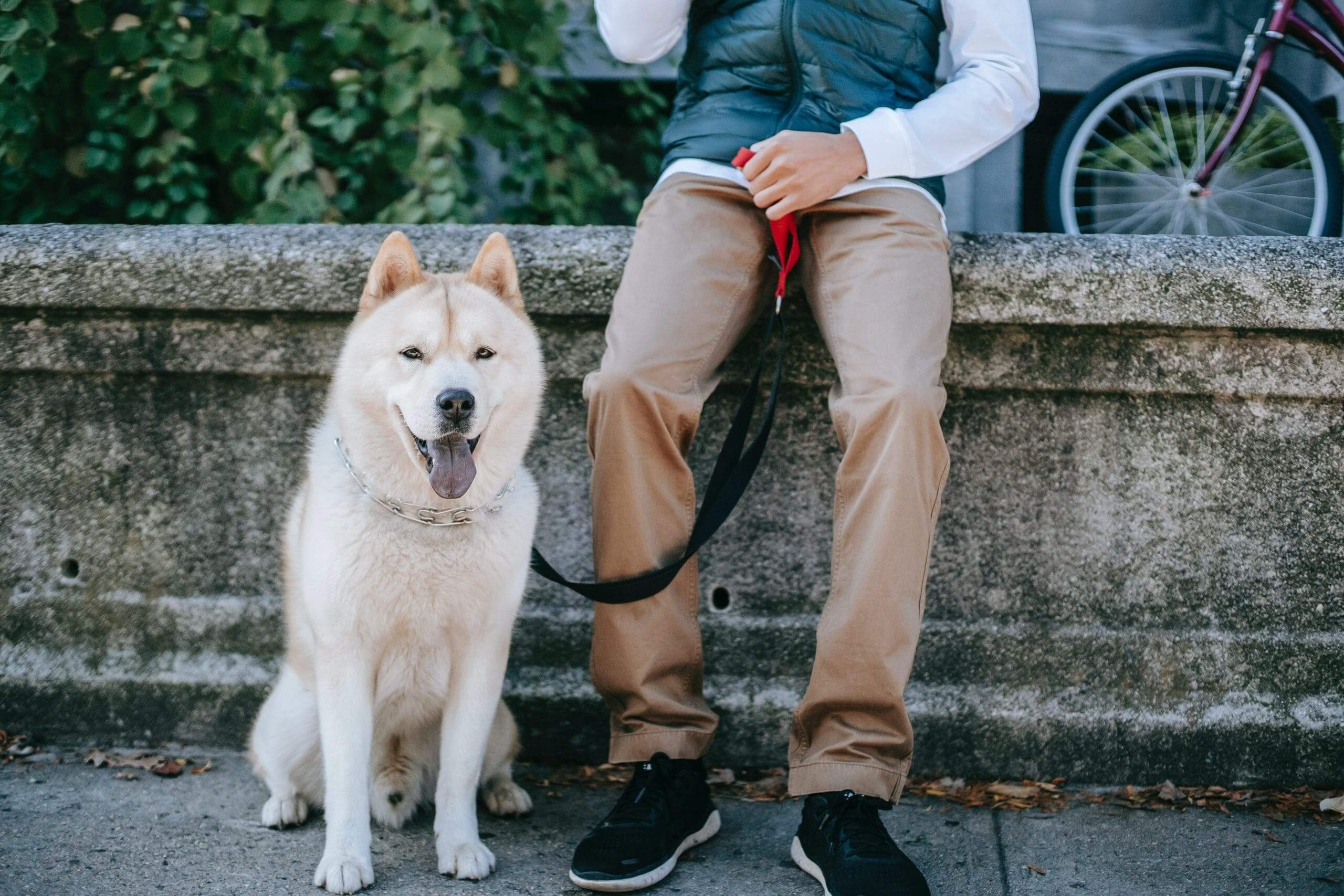 Have you ever noticed your dog making strange snorting sounds that seem like a combination of coughing and sneezing? If so, your furry friend might be experiencing reverse sneezing. While it can be alarming to witness, reverse sneezing is a relatively common in dogs, especially in certain breeds. In this blog post, we will delve into reverse sneezing, exploring what it is, why it happens, and how you can help your beloved pet during these episodes.
Have you ever noticed your dog making strange snorting sounds that seem like a combination of coughing and sneezing? If so, your furry friend might be experiencing reverse sneezing. While it can be alarming to witness, reverse sneezing is a relatively common in dogs, especially in certain breeds. In this blog post, we will delve into reverse sneezing, exploring what it is, why it happens, and how you can help your beloved pet during these episodes.
So, what exactly is reverse sneezing? Reverse sneezing, also known as Pharyngeal Gag Reflex or Paroxysmal Respiration, is a respiratory phenomenon that affects dogs. During a reverse sneeze, your dog may suddenly and forcefully inhale air through their nose, making a snorting or honking sound. It often looks like your dog is trying to inhale while simultaneously sneezing, causing their chest to expand rapidly. While it can be distressing to witness, reverse sneezing is usually harmless and typically lasts for only a short period.
Now, you might be wondering why dogs experience reverse sneezing. Well, the exact cause is not always clear, but several factors can trigger these episodes. One common cause is irritation or inflammation of the nasal passages, which can be caused by various factors such as allergies, foreign objects, or even a common cold. Additionally, certain dog breeds, such as brachycephalic breeds (those with short noses and flat faces), are more prone to reverse sneezing due to their unique anatomy. Other potential triggers include excitement, exercise, pulling on a leash, or changes in temperature or humidity.
If you’ve never witnessed your dog reverse sneezing before, it can be a disturbing experience. However, it’s essential to remain calm and understand that reverse sneezing is generally not a cause for significant concern. While it might look like your dog is struggling to breathe, they are typically still able to take in enough air to sustain themselves. However, there are a few things you can do to help your furry companion during these episodes.
First and foremost, try to soothe your dog by speaking to them in a calm and reassuring voice. Gently stroking their throat or massaging their neck can also help alleviate the episode. Some pet owners have found success in briefly covering their dog’s nostrils, which encourages them to swallow and can stop the reverse sneezing. Additionally, you can try distracting your dog by offering them a treat or engaging them in a playful activity, which can help interrupt the episode.
If your dog experiences frequent or prolonged episodes of reverse sneezing, it’s advisable to consult your veterinarian. They can examine your dog and determine if there is an underlying cause that needs to be addressed. In some cases, medication or allergy management may be necessary to reduce the frequency or severity of reverse sneezing episodes.
To sum it up, reverse sneezing is a respiratory phenomenon that can occur in dogs, causing them to make strange snort-like sounds. While it may be alarming to witness, it is usually harmless and often resolves independently. Understanding the triggers and learning how to soothe your dog during these episodes can help alleviate any anxiety you may feel. Remember, if you have any concerns or if the episodes become frequent or prolonged, it’s always best to consult your veterinarian for professional advice.[/fusion_text]



